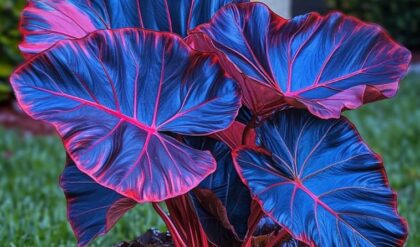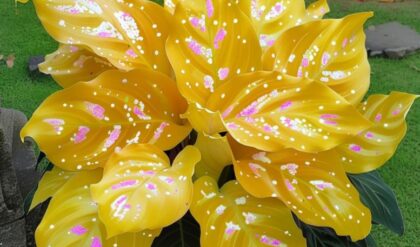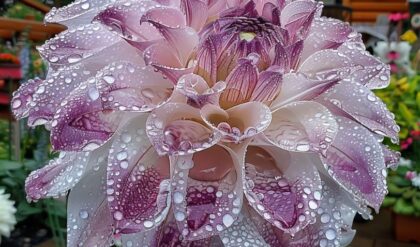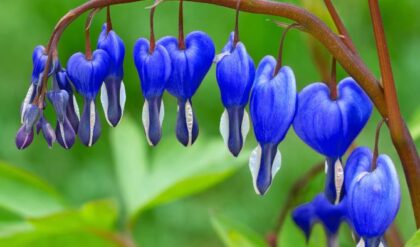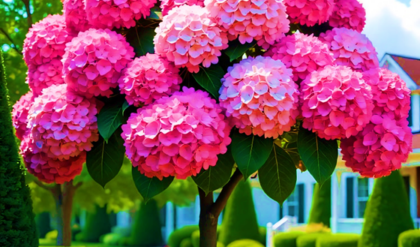Growing a magnolia tree from seed is not just an act of gardening; it’s a journey into the quiet elegance of nature. These magnificent trees, known for their stunning flowers and fragrant blooms, have captured human hearts and landscapes alike. To embark on this endeavor, one must traverse various steps that span patience, care, and a genuine appreciation for what these botanical wonders can offer.
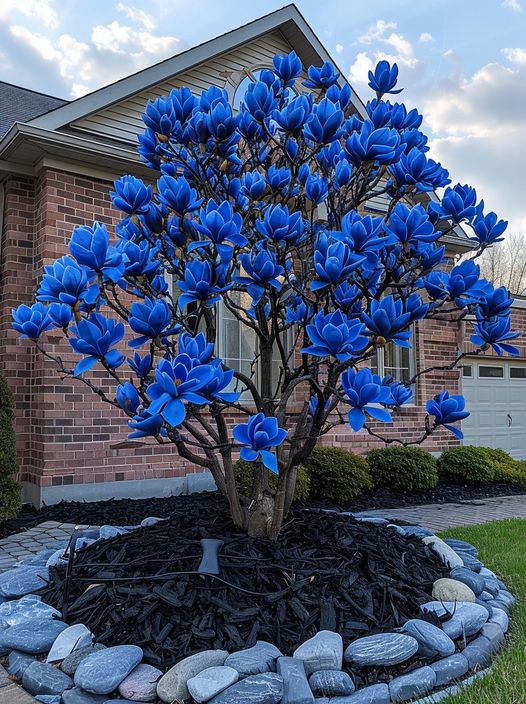
Understanding Magnolia Seeds: Nature’s Little Treasures
Magnolia seeds are unique in both appearance and behavior. They often come tucked away within luscious cones that gradually release their contents when conditions are right. Collecting these seeds can be akin to treasure hunting—seeking out those cones that are beginning to open up . This stage signals that the seeds are ready for harvest and can be nurtured toward blossoming into one of nature’s most beautiful offerings.
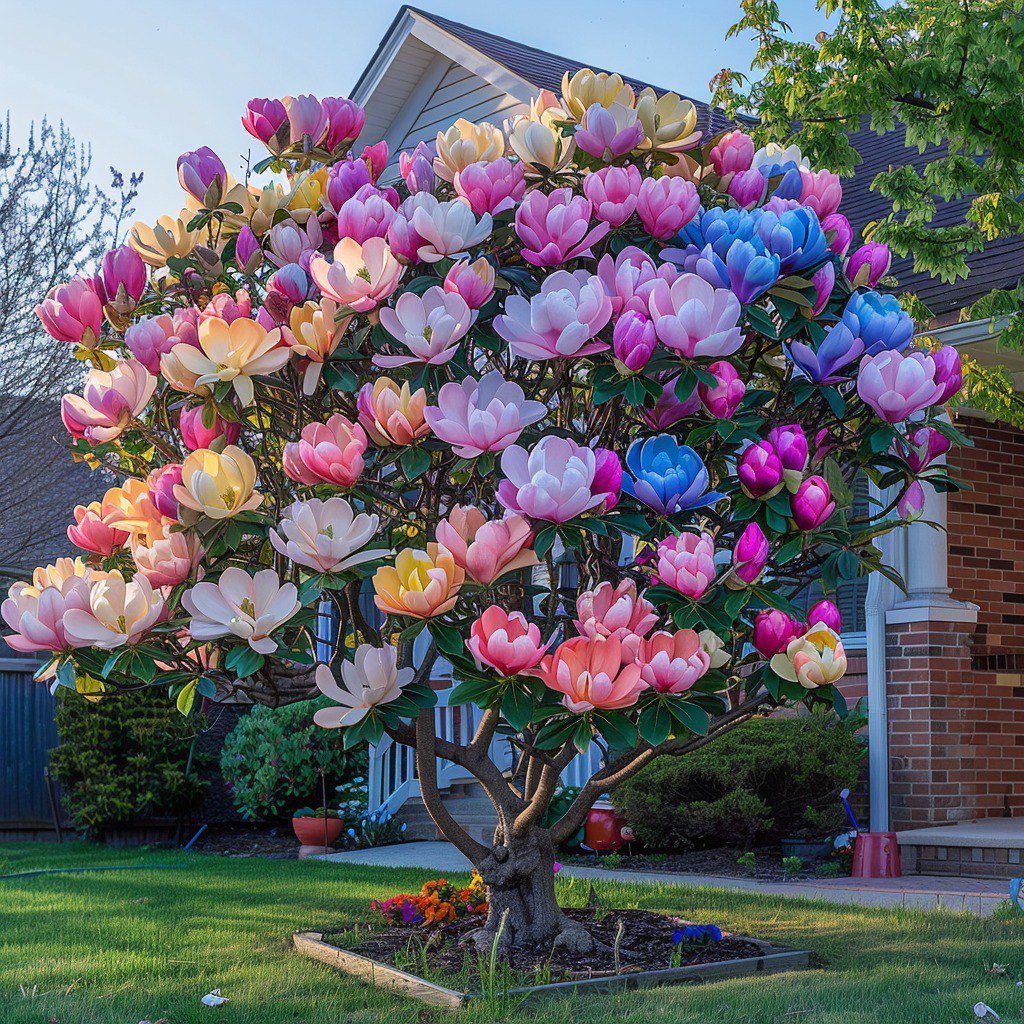
Preparing the Seeds: The Art of Stratification
Much like artifacts requiring restoration, magnolia seeds often require a period of cold treatment known as stratification to germinate effectively. This mimics their natural circumstances, where winter serves as a time of dormancy before spring invites renewal. To stratify the seeds, you’ll want to chill them in a bag with moist peat moss inside your refrigerator for about 30 to 90 days . Imagine this step as preparing a fine wine: letting it rest enhances the flavors and textures, making the experience all the more rewarding.
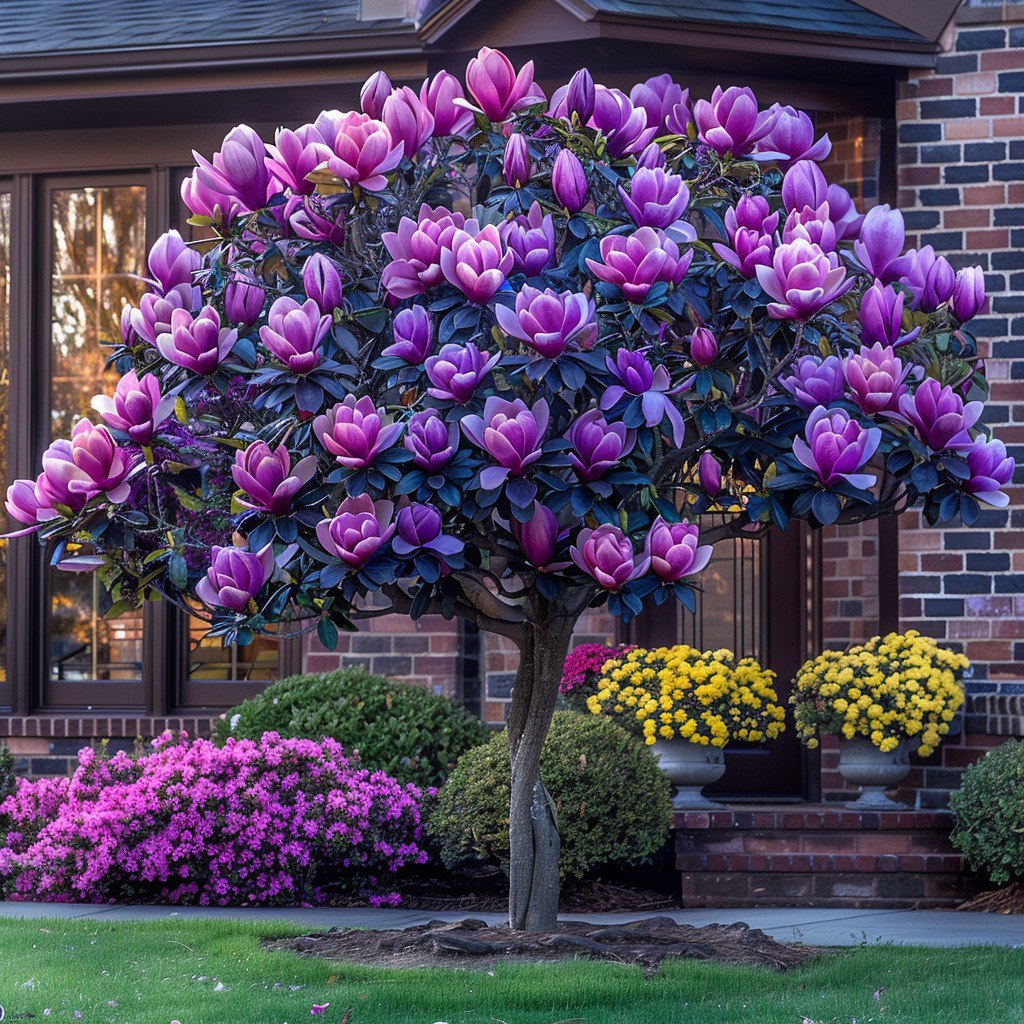
Planting Your Seeds: Crafting the Perfect Environment
Once the seeds have endured their chilly slumber, it’s time to plant them in well-draining soil enriched with organic matter. Position the seeds about one inch deep and space them adequately to give each sapling room to flourish. Keep the soil consistently moist but not soggy; think of it as nurturing a delicate relationship—with just enough attention, but not so much that it feels smothered .
Nurturing Growth: Watching Nature Unfold
As the seeds germinate, patience becomes vital—a quality familiar to many gardeners. In ideal conditions, you may notice sprouting within 4 to 12 weeks. At this phase, ensuring they receive adequate sunlight (but avoiding harsh, direct rays) adds another layer to their growth narrative. Consider the symbolism: every tiny sprout signifies hope and resilience, reminding us that beauty often emerges from periods of stillness and darkness.
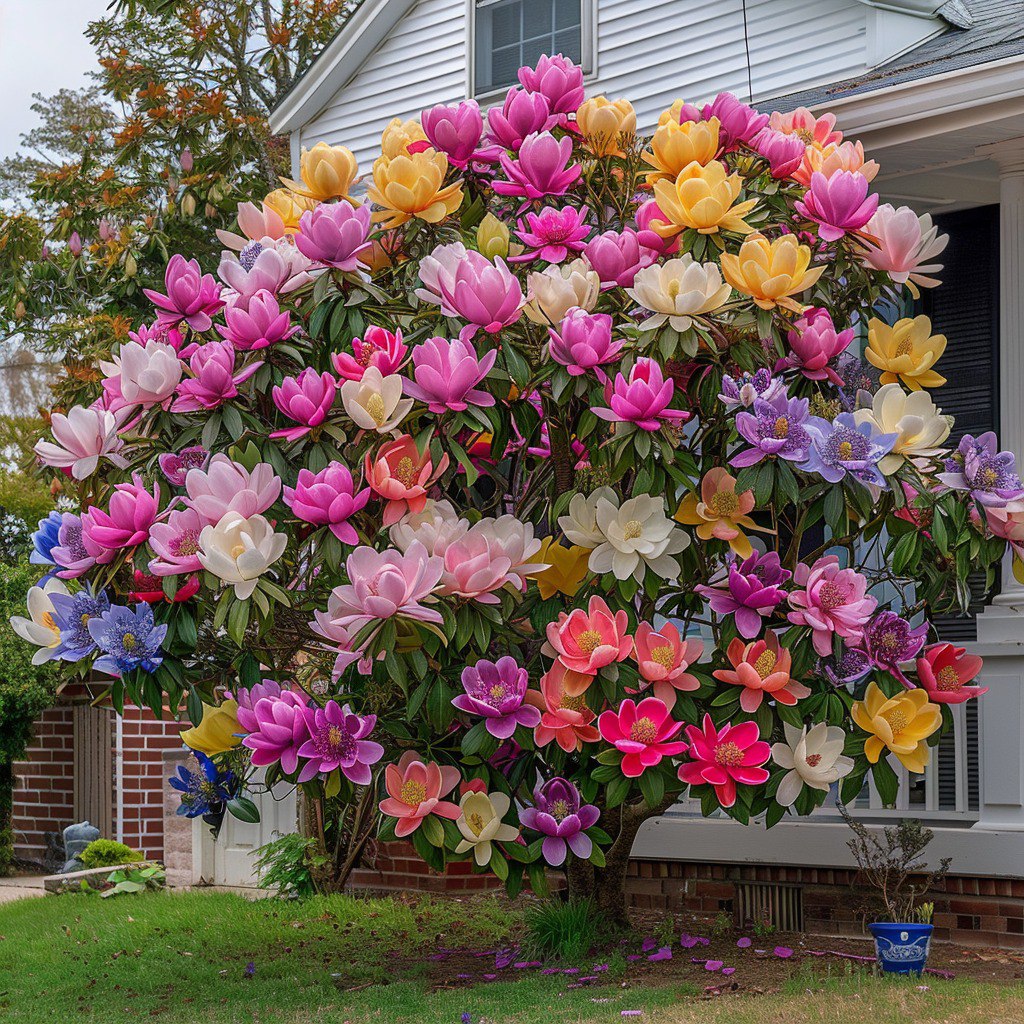
From Seedling to Sapling: Transfer and Care
When your seedlings reach a healthy height of several inches, usually after a couple of months, you can transplant them into larger containers or directly into your garden . At this juncture, the nurturing continues—protect them from pests and extreme weather until they’ve established themselves firmly in their new home. This sentiment resonates with how we nurture relationships and aspirations: often needing support and protection before they can stand on their own.
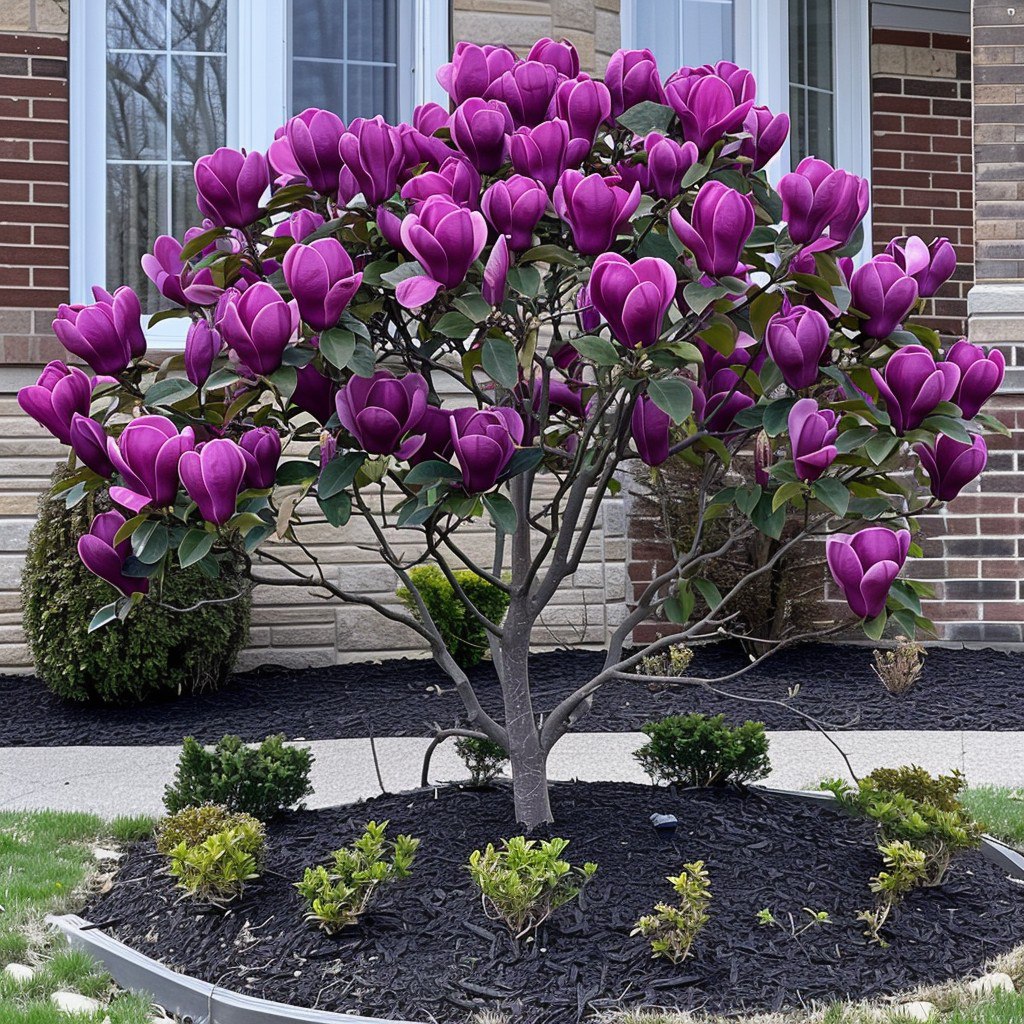
Reflecting on the Journey: Implications Beyond the Garden
Setting forth on the journey of growing a magnolia tree instills profound lessons about patience, perseverance, and the beauty inherent in life cycles. As these trees mature over the years, witnessing their grand blooms unfold becomes a personal testament to the investment made in nurturing life. Additionally, planting magnolias not only contributes to local biodiversity but also provides a sanctuary for birds and pollinators. Envision a future where each bloom translates into a cascade of colors and fragrances, creating a vibrant environment where nature and humanity coexist harmoniously.
In essence, learning how to grow a magnolia tree from seed reflects more than just the act of gardening; it symbolizes a commitment to cultivating beauty and connection, both in our gardens and in ourselves.Copy Viết bài từ Search
